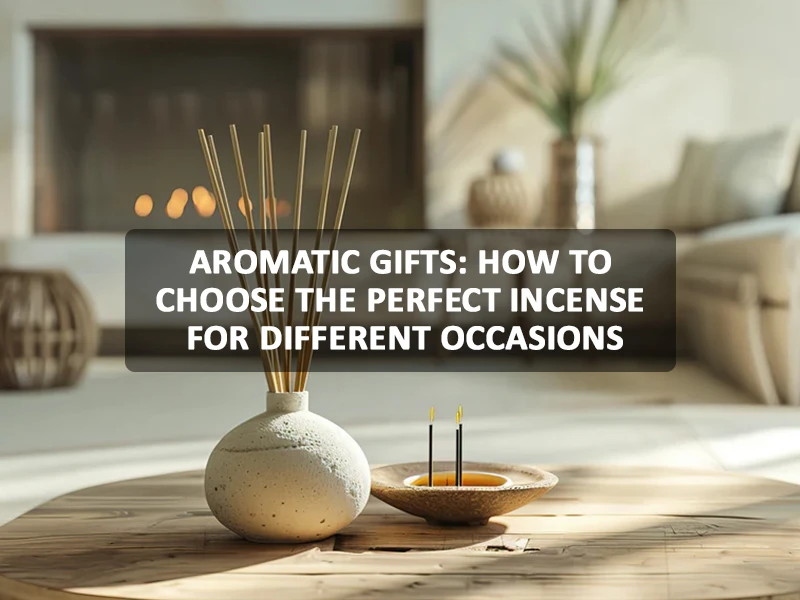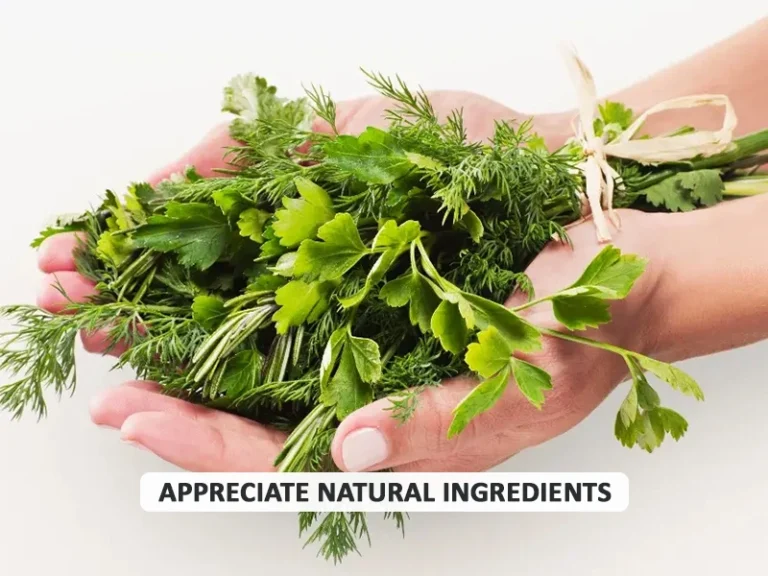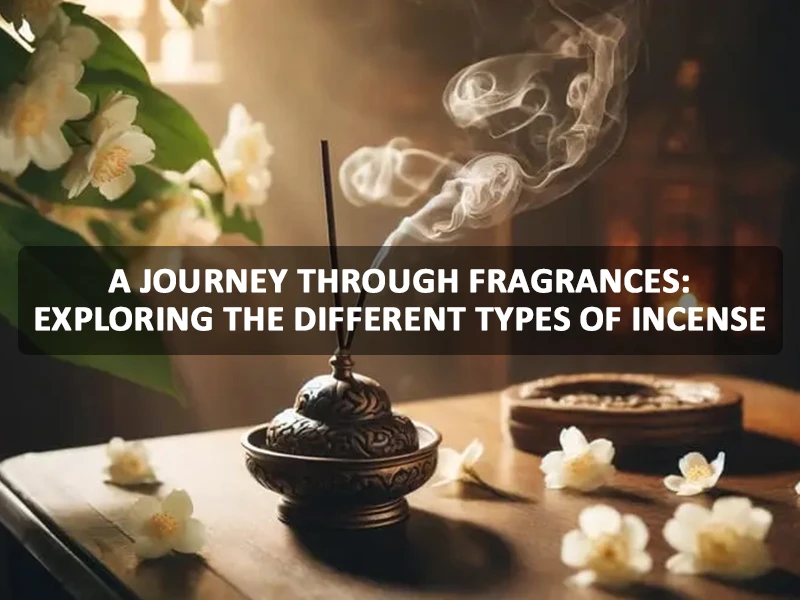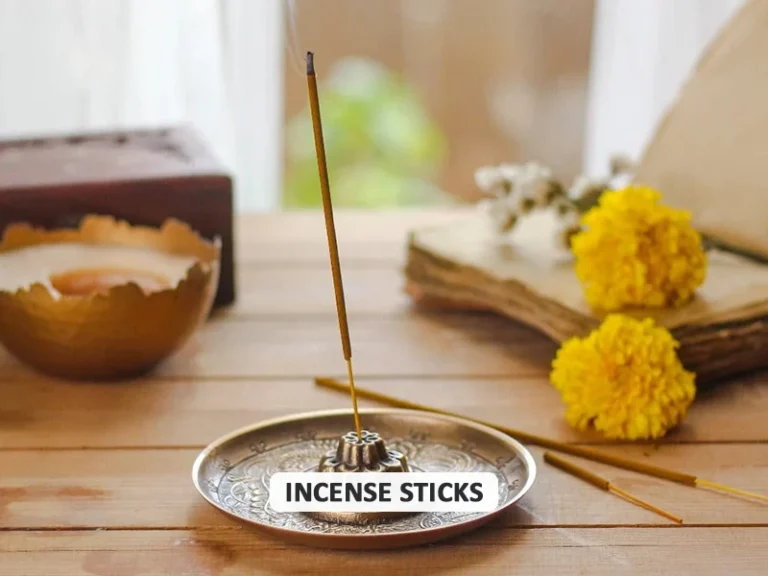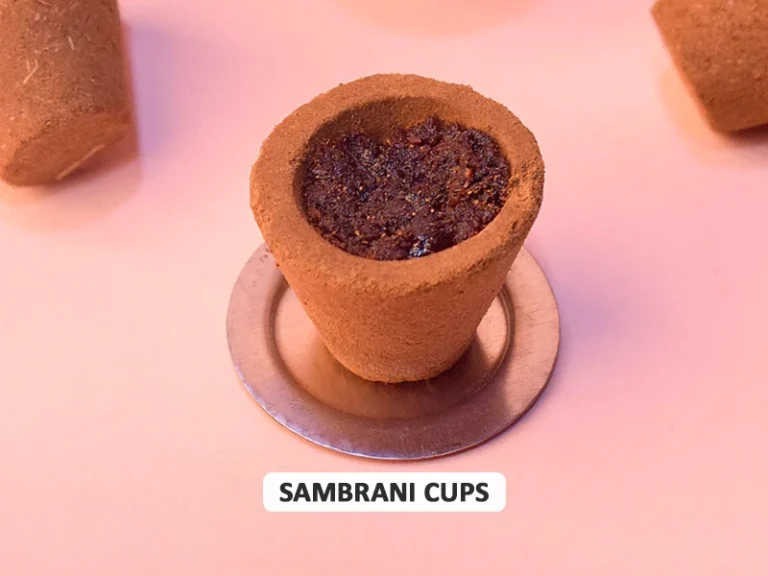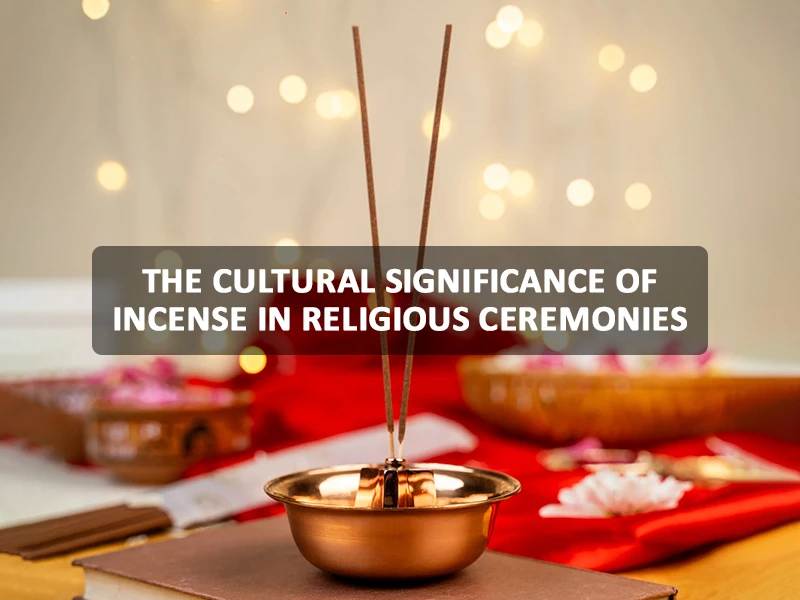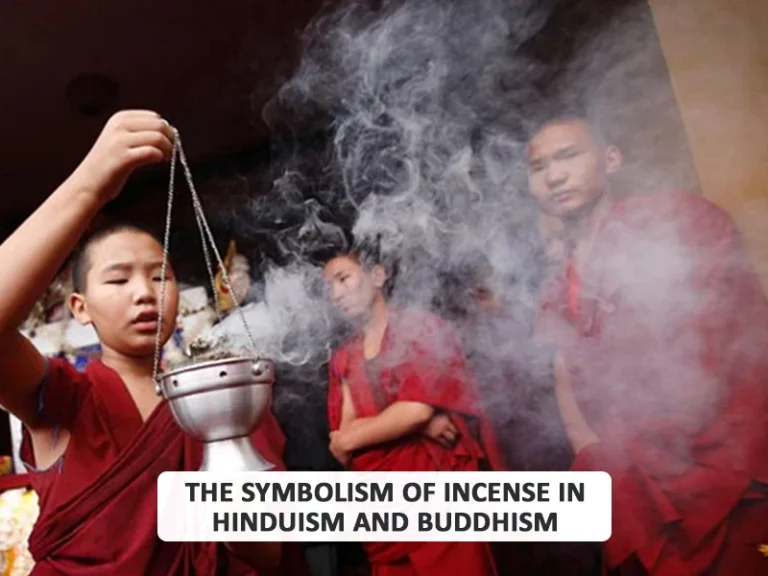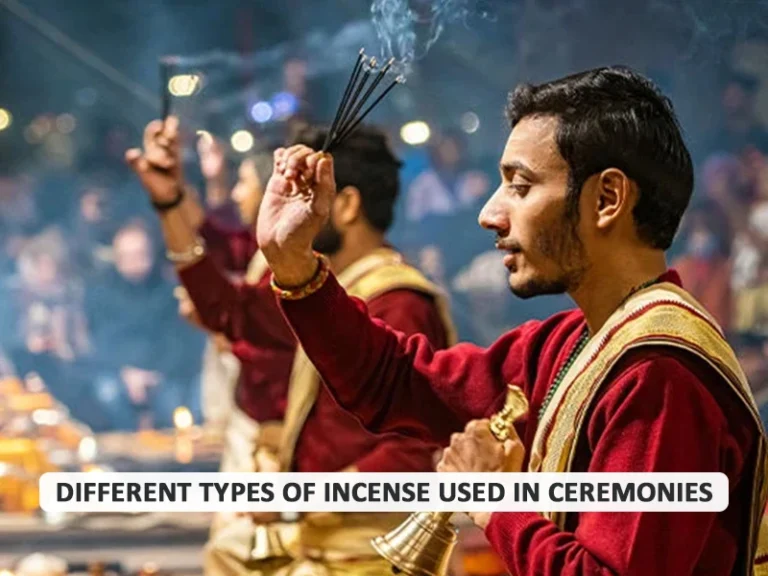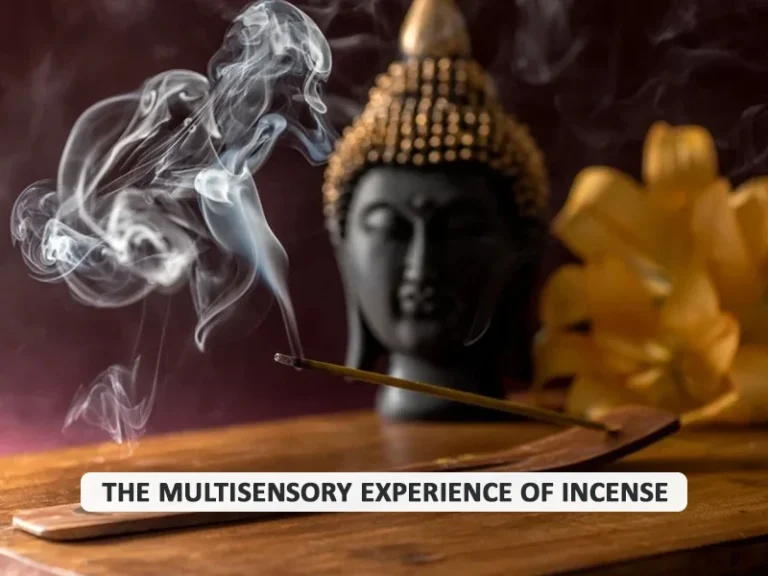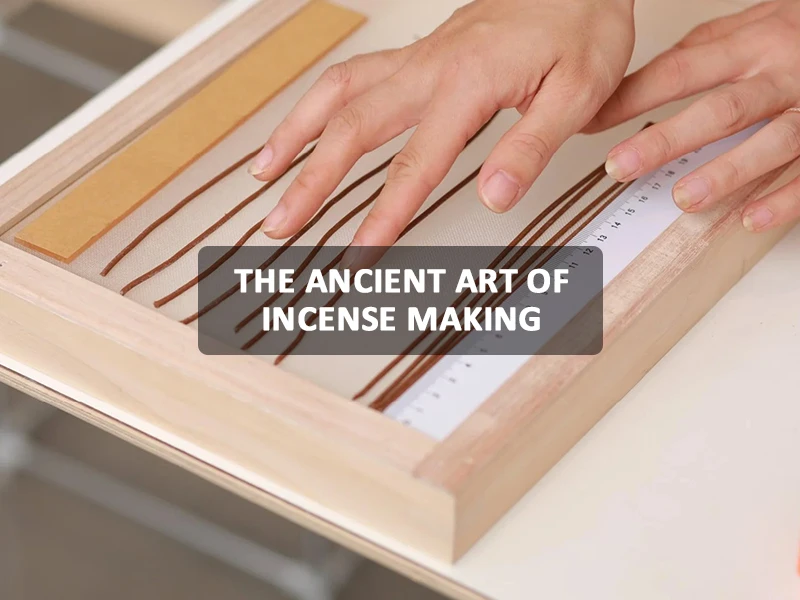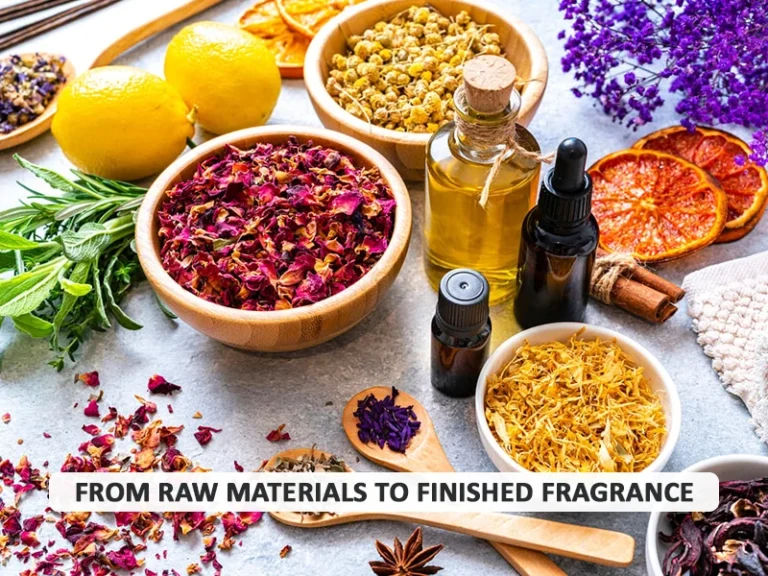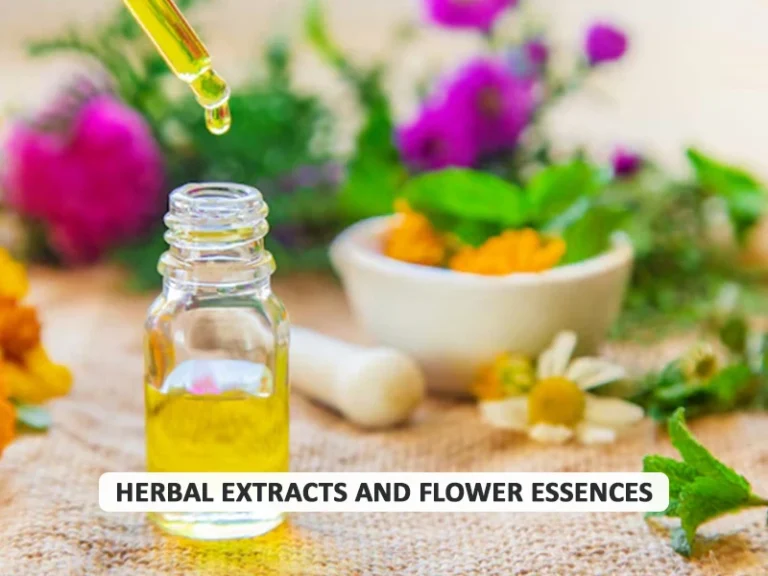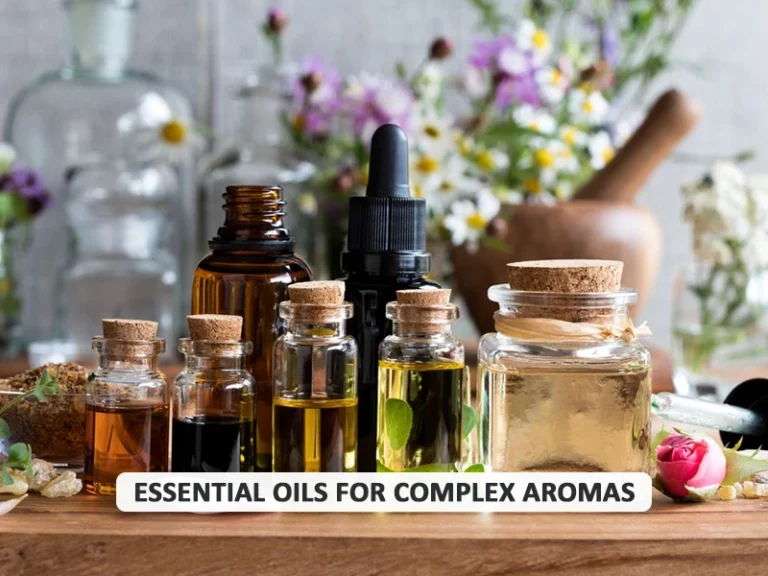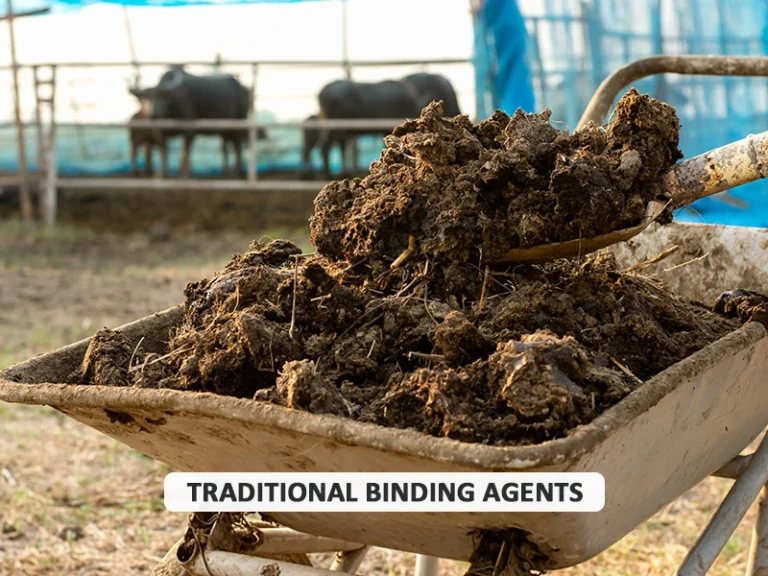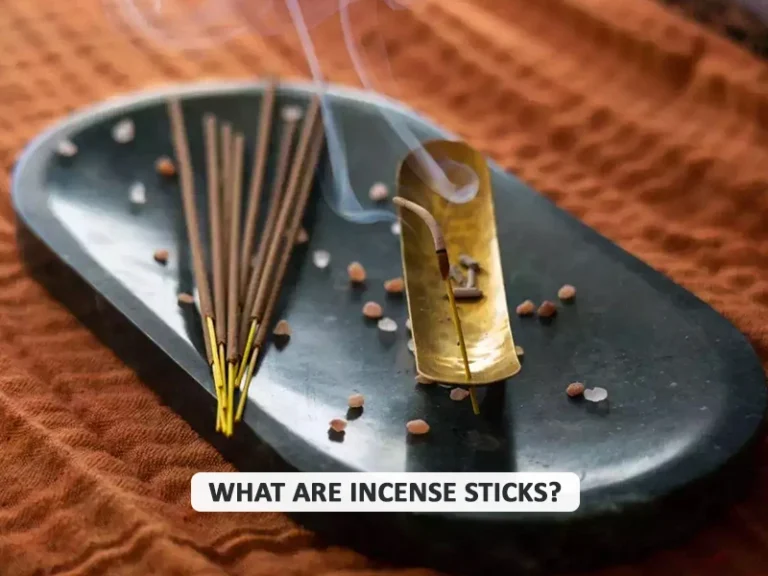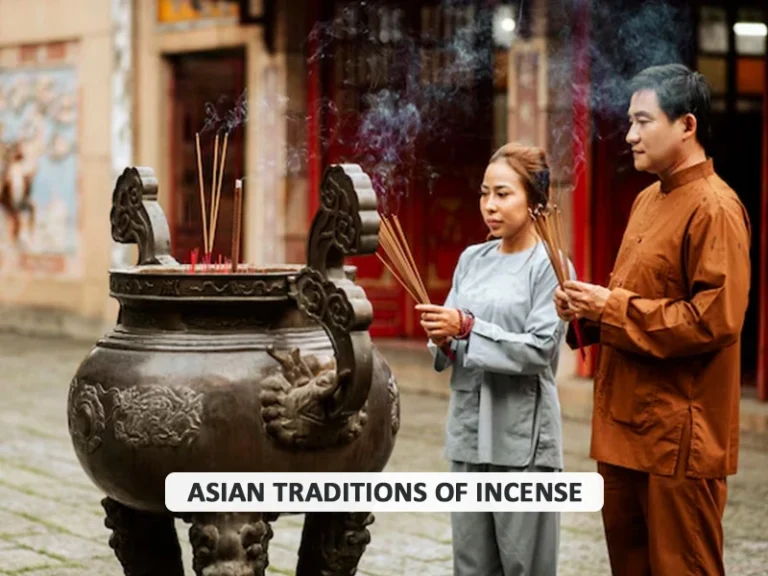The Science Behind Incense: How Aromas Affect Your Mood and Mind
The fumigant has long been in use by a lot of civilisations for its aromatic properties and the ability to enhance spiritual and meditative practices. Recently, however, it’s become one of the most fast-moving sciences with regard to how these aromatic substances can impact our mood, mind, and total well-being. This blog will take you on a tour of the incredible science of incense and how the best-smelling incense sticks in India can elevate your mood and infuse freshness into your life.
The History and Cultural Significance of Incense
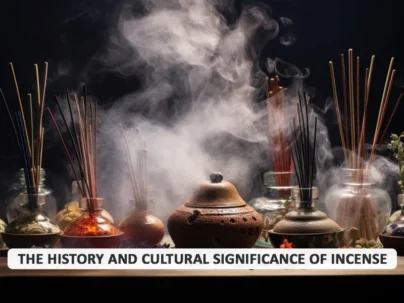
For thousands of years, incense in the form of sticks has been utilized for religious rites, meditation, and aromatherapy by many cultures. Smoking temples in India and the serenity of Zen gardens in Japan are long captured by these thin incense sticks for providing restful ambiance to the mind.
Today, incense sticks are made from the best of traditional wisdom coupled with modern scientific understanding, from which a host of benefits can be derived. From the earthy smell of Nag Champa to the soothing fragrance of lavender incense sticks, there is an incense for every mood and occasion.
The Science of Aromas and Their Effects on the Brain

The sense of smell may be among the greatest of all senses; it connects to the limbic system of the brain, which is responsible for emotions and memory. When incense is inhaled, it will carry fragrance molecules through the olfactory system into your brain, which will then produce a number of psychological and physiological responses. Effects on mood, stress, and cognitive functions could be very huge.
These can be artistically designed to capture this essence of smell in incense sticks of any fragrance, the finest in India. Selection and blending of natural ingredients would create different scents of incense sticks that would help in the reduction, or at least in:
1. Reducing excess stress and anxiety.
2. Improve concentration and attention.
3. Enhance relaxation and sleep quality.
4. Increases creativity and fosters inspiration.
5. Purify the air and provide a refreshing ambiance.
How Incense Aromas Affect Your Mood

Relaxation and Stress Relief: Some fragrances, particularly lavender and sandalwood, are believed to create a soothing effect. Therefore, the aromatic smoke from the incense stick of lavender would calm the mind by soothing anxiety and providing relaxation. This is because lavender contains linalool, which is known for its anxiolytic—those that reduce anxiety—effects.
Focused attention: Certain fragrances, such as rosemary and peppermint incense, have a positive effect on mental functioning and amplify concentration. These fragrances stir up the brain and raise alertness, thus making them very appropriate to use while studying or working.
Mood Heightening: Ingredients include jasmine and rose, which are aromas that elevate and enhance mood. These fragrances can stimulate the release of serotonin, one of the neurotransmitters responsible for feelings of well-being and happiness.
The Benefits of Different Incense Stick Scents

Nag Champa Incense Benefits: This incense fragrance is very characteristic, sweet, and earthy in tone. Made from a bouquet of flowers, resins, and herbs, one of these being fragrant Champa flowers, it cleanses the air, soothes with relaxation, and enhances meditation.
Lavender Incense Sticks: Down the list comes the use of lavender incense sticks, greatly preferred for their ability to keep one calm and actually relieve stress. The aroma of this plant has an effect that can help you relax after a tiring day at work and even promote better sleep by giving your body a feeling of calm.
Good-Smelling Incense Cones: Incense cones are yet another highly popular kind of incense, which, once again, come in a number of fragrances. The prime features identified with these are heavy fragrances and aromas that might be used for the purpose of generating a soothing and nice environment in aromatherapy.
Choosing the Best Incense Sticks for Your Needs
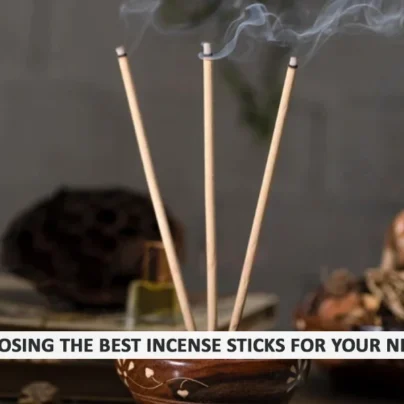
While choosing incense sticks, one must choose quality for the best fragrances and benefits. Following are some of the tips to follow in order to choose the best-smelling incense sticks in India:
Ingredient Quality: Ideally, the best incense sticks are the ones that value the usage of purely natural ingredients, including essential oils, herbs, or resins. Products with synthetic fragrances should be given a wide berth for their negative health effects.
Brand Name and Reputation: Invest in incense sticks whose brand name asserts high quality and genuineness. You can, therefore, draw a conclusion about the best incense sticks to meet your requirements by going through some of the reviews people have written about them.
Scent Preferences: Since different scents have different effects, choose aromas that align with your mood and intentions. Be it relaxation, focusing, or uplifting your mood, there is always some incense scent to help.
How to Use Incense Sticks Effectively

Get the most out of your incense sticks by applying the following tips on how to use them safely and effectively:
Burn in a Well-Ventilated Area: Always burn incense in a well-ventilated area to make sure that there is a good supply of air to assure complete combustion, thus avoiding smoke buildup.
Using an Incense Holder: The ashes should be collected by an appropriate incense holder, preventing a possible fire hazard. Place it on a stable and heat-resistant surface.
Set Your Intention: Before lighting up the incense, take a minute and set your intentions. This could be for relaxation, as part of meditation, or simply for the ambiance one wants to create; setting an intention enriches the whole experience in its entirety.
Conclusion
The science behind incense explains how potent fragrances impact our moods and minds. Starting from relaxation and stress reduction to improvement of concentration and elevation of one’s mood, the best-smelling incense sticks in India are known for a repertoire of their effects. With top-quality incense sticks and using them carefully, you could create a serene and harmonious atmosphere that will help improve your wellbeing.
Whether you are a seasoned incense user or new to the realm of aromas, it can be an extremely pleasurable and empowering experience to discover incense stick scents. Now, light up some of your favorite aroma sticks and let fragrances soothe a space in transformation and uplift spirits.

















